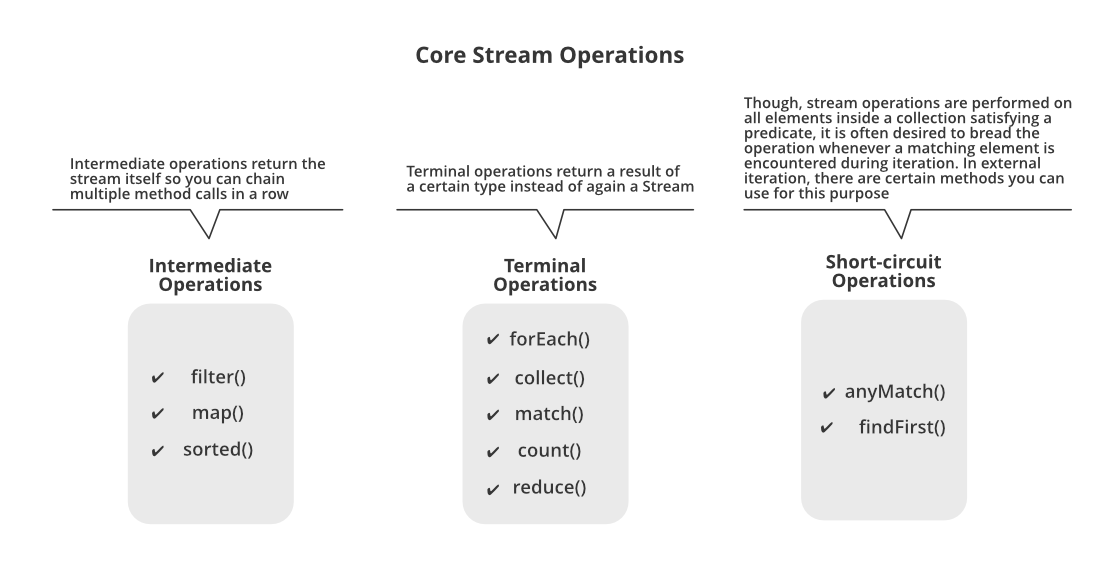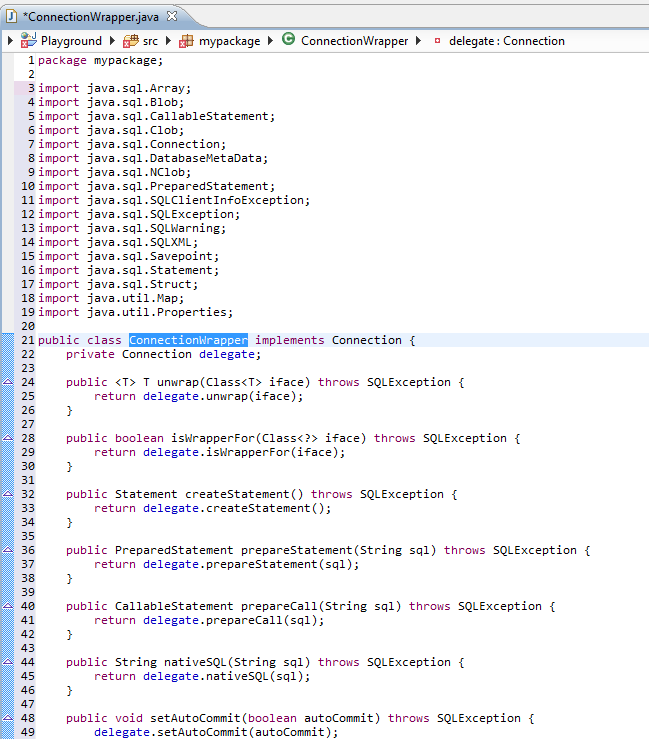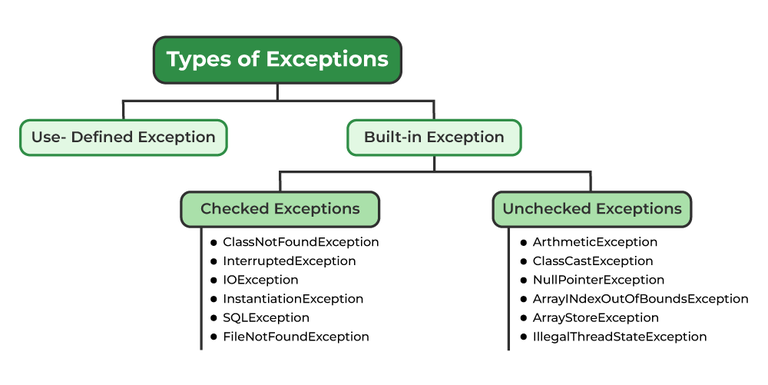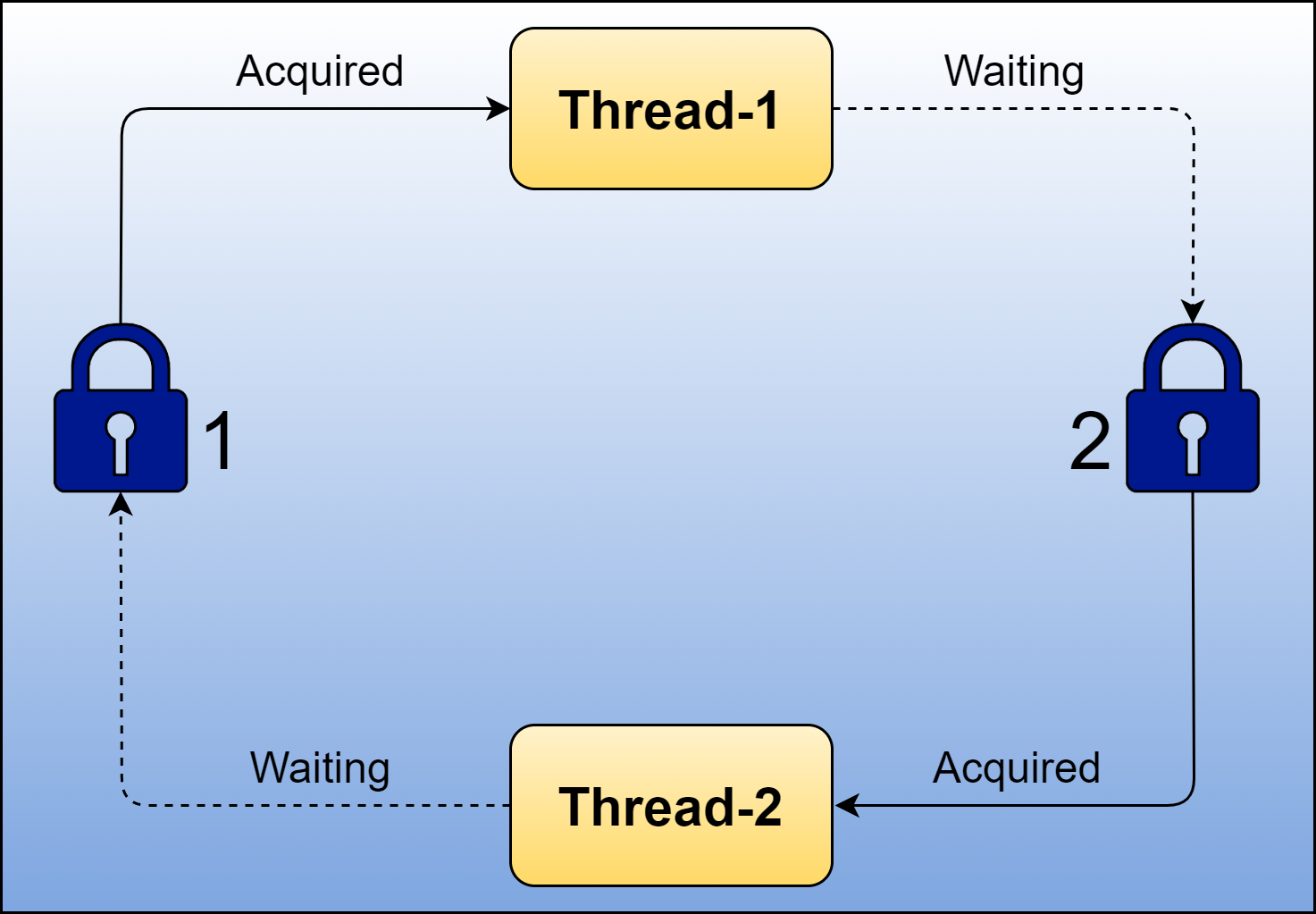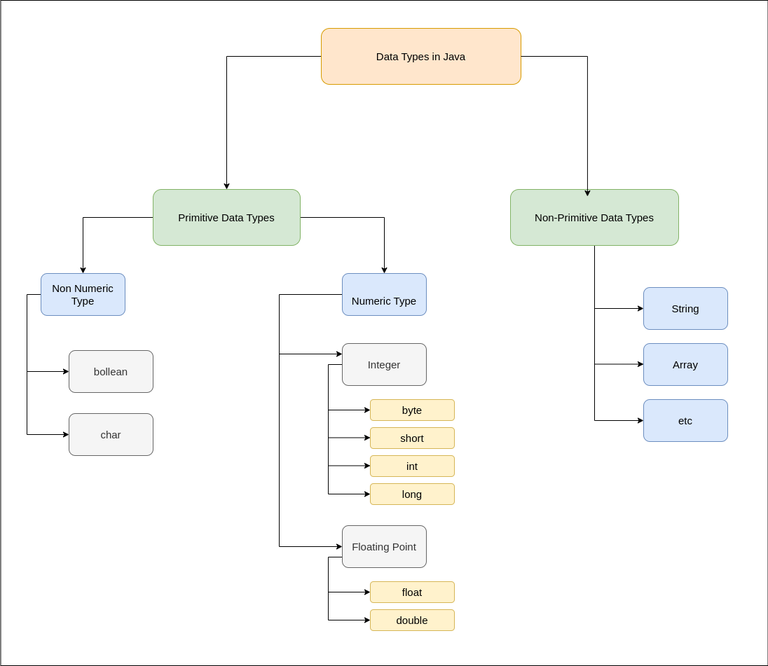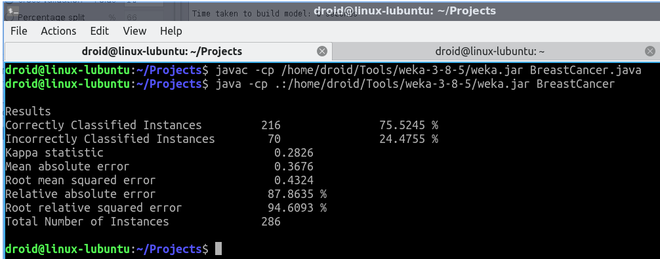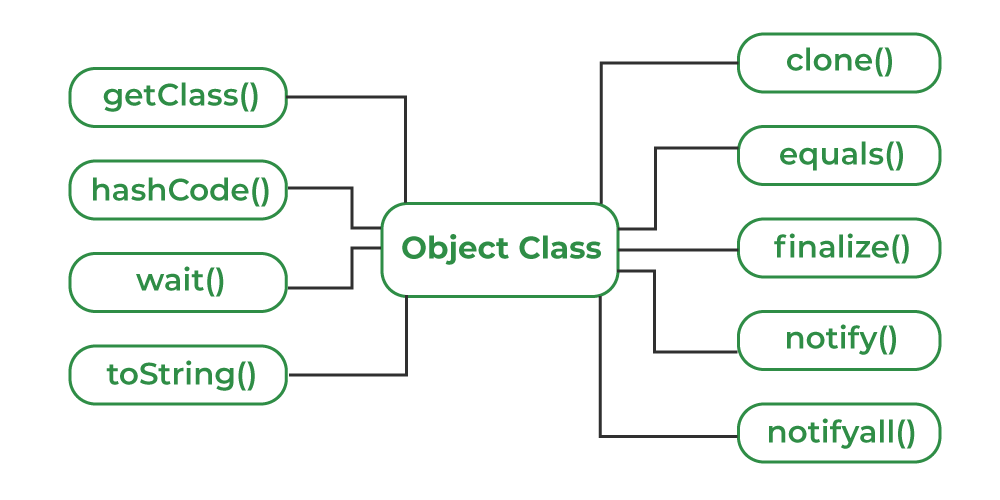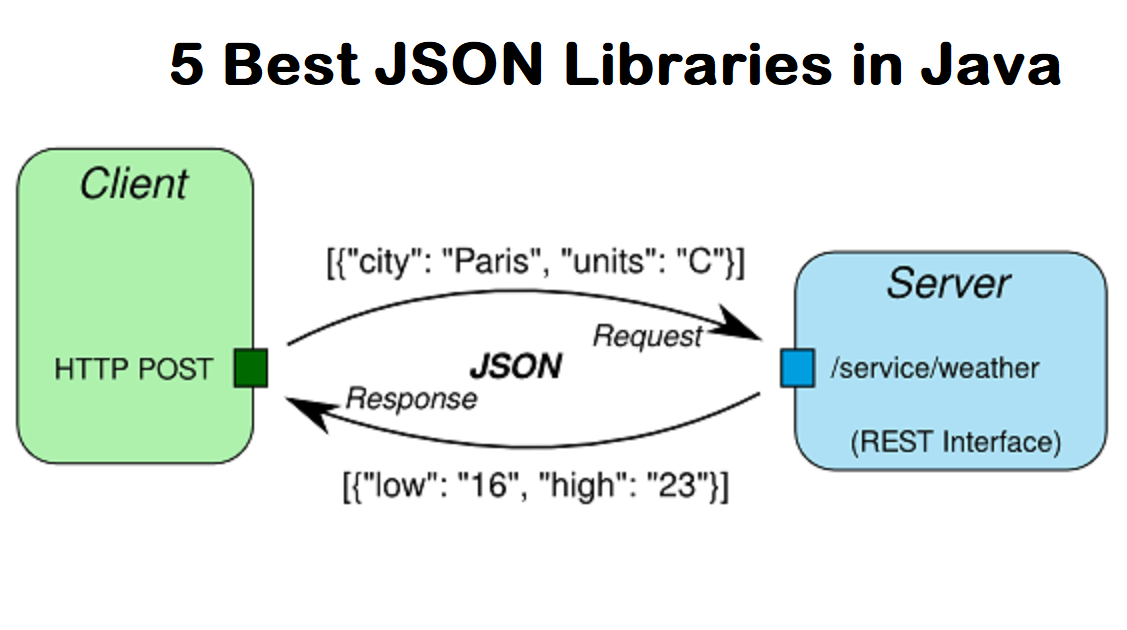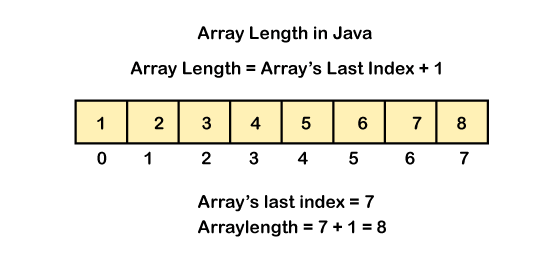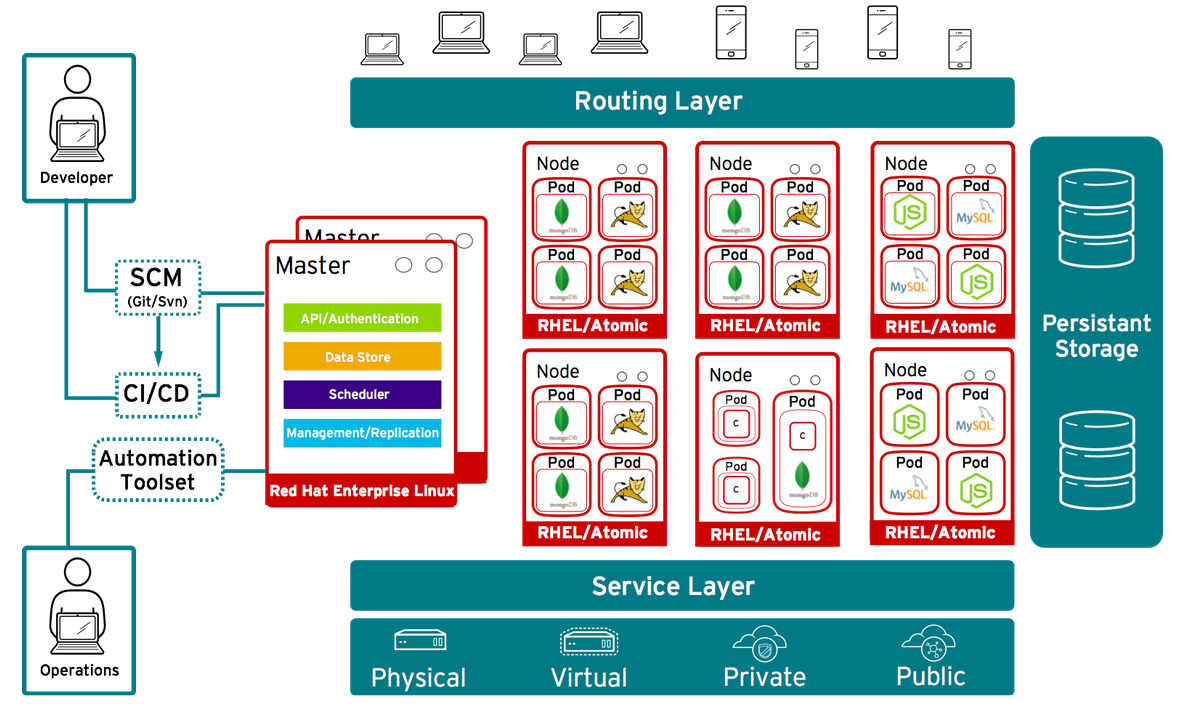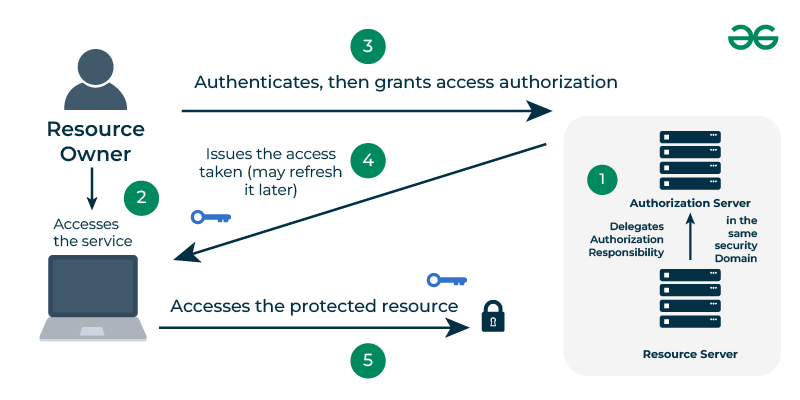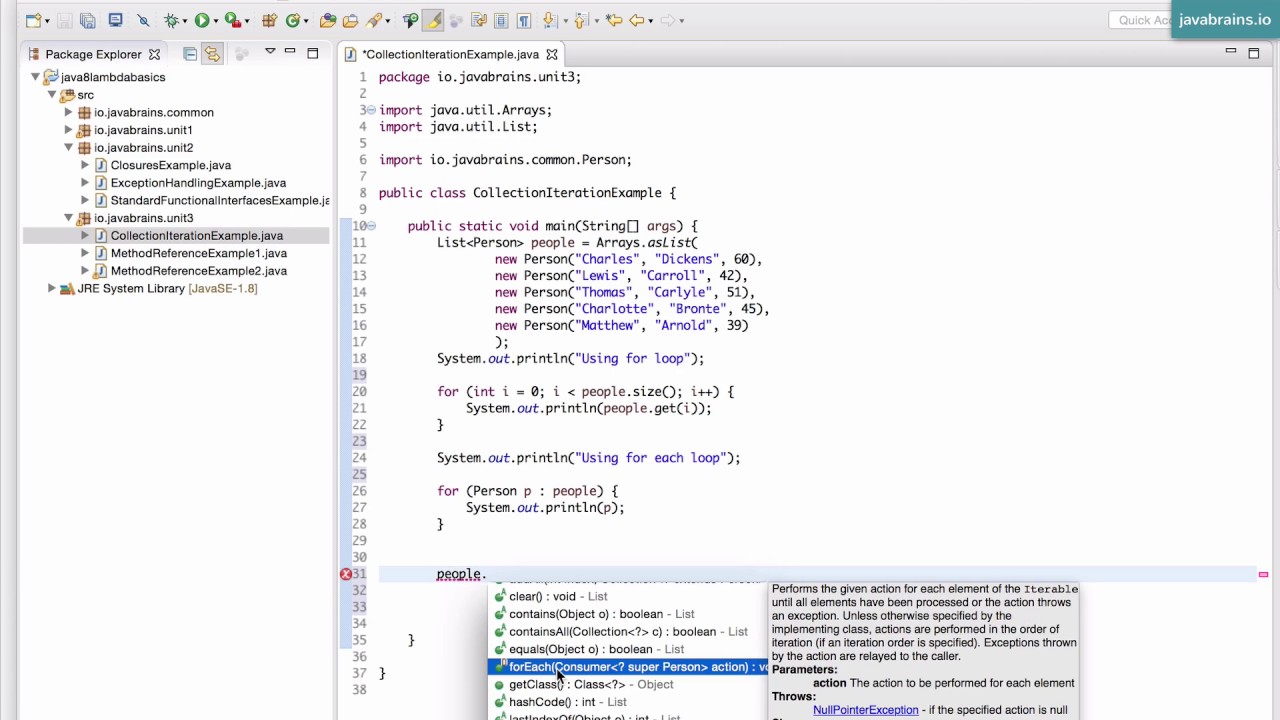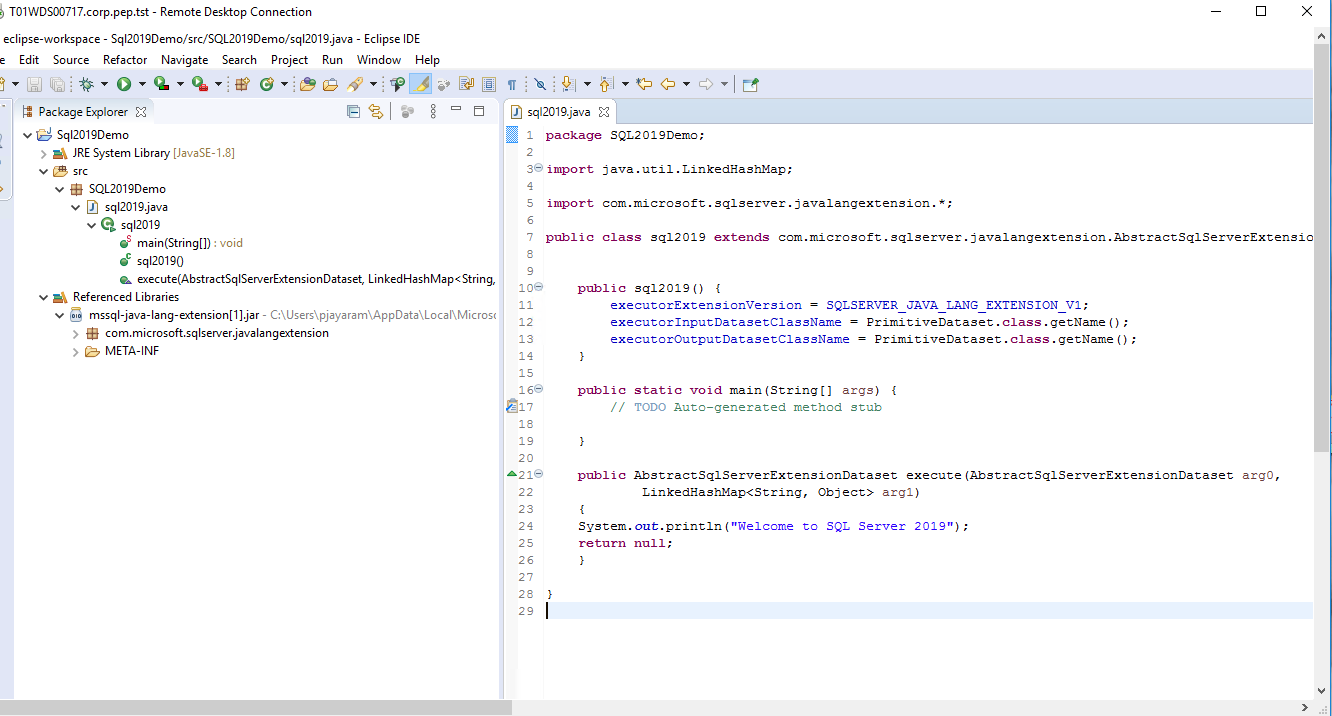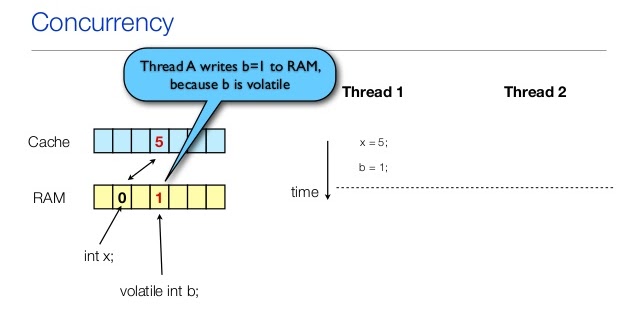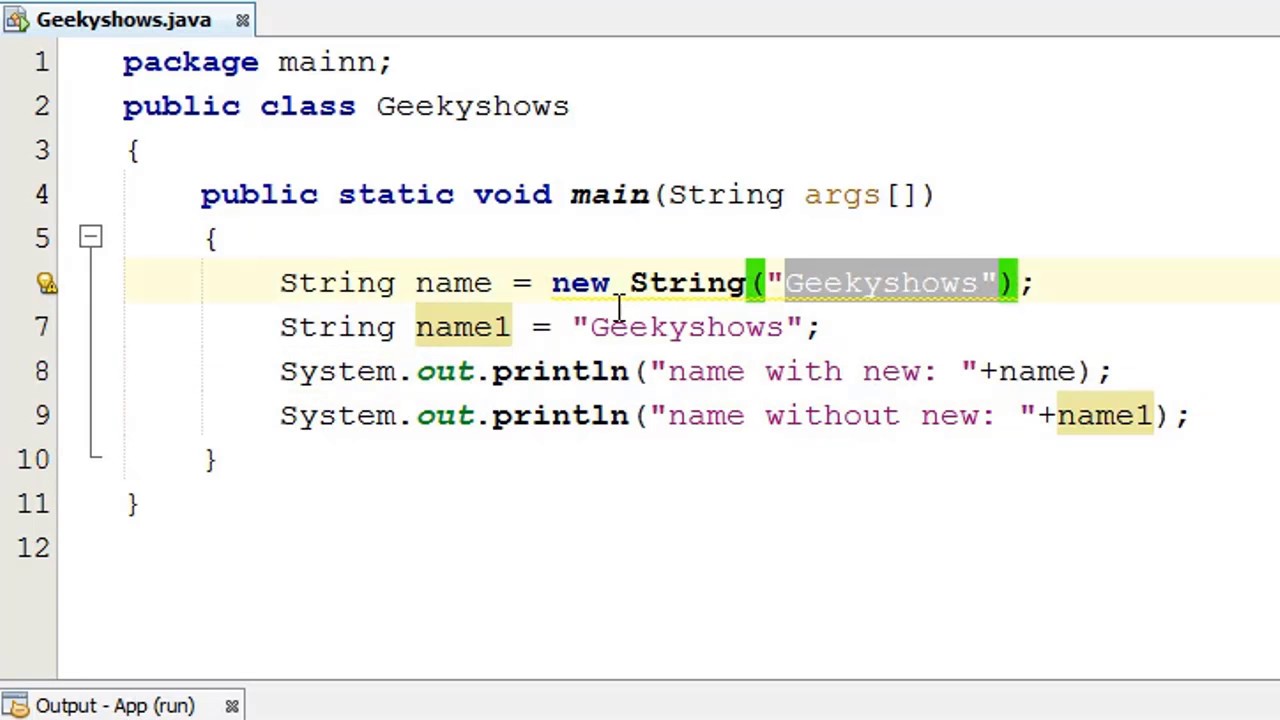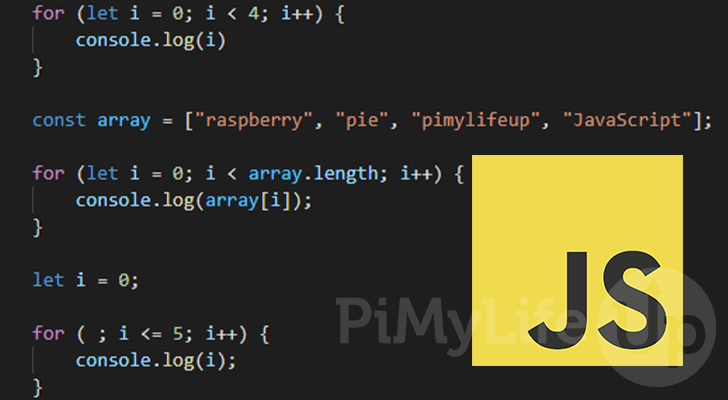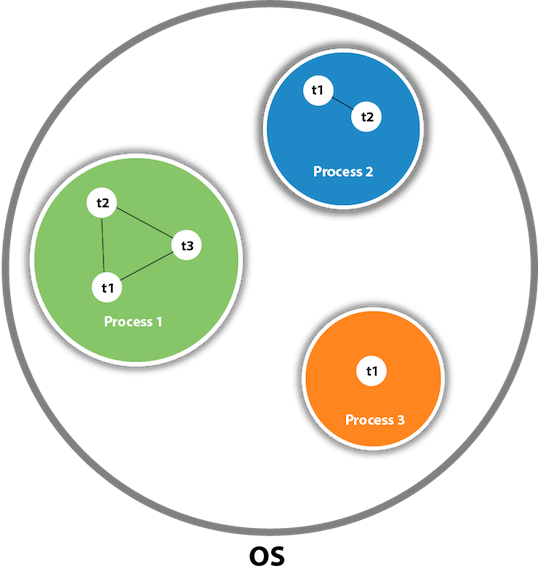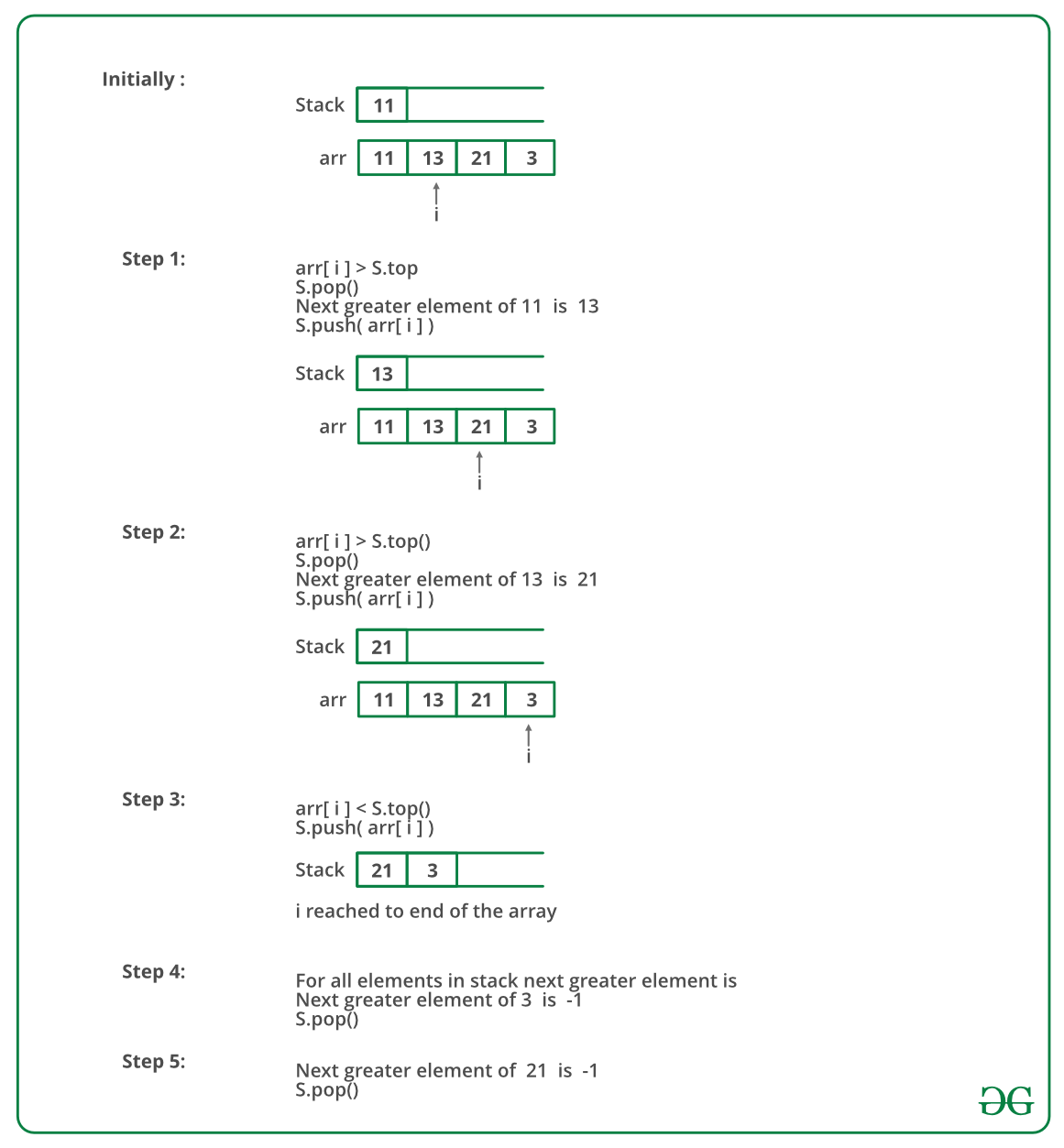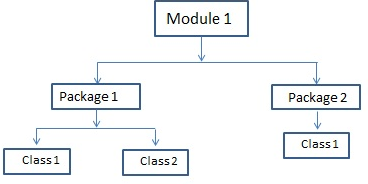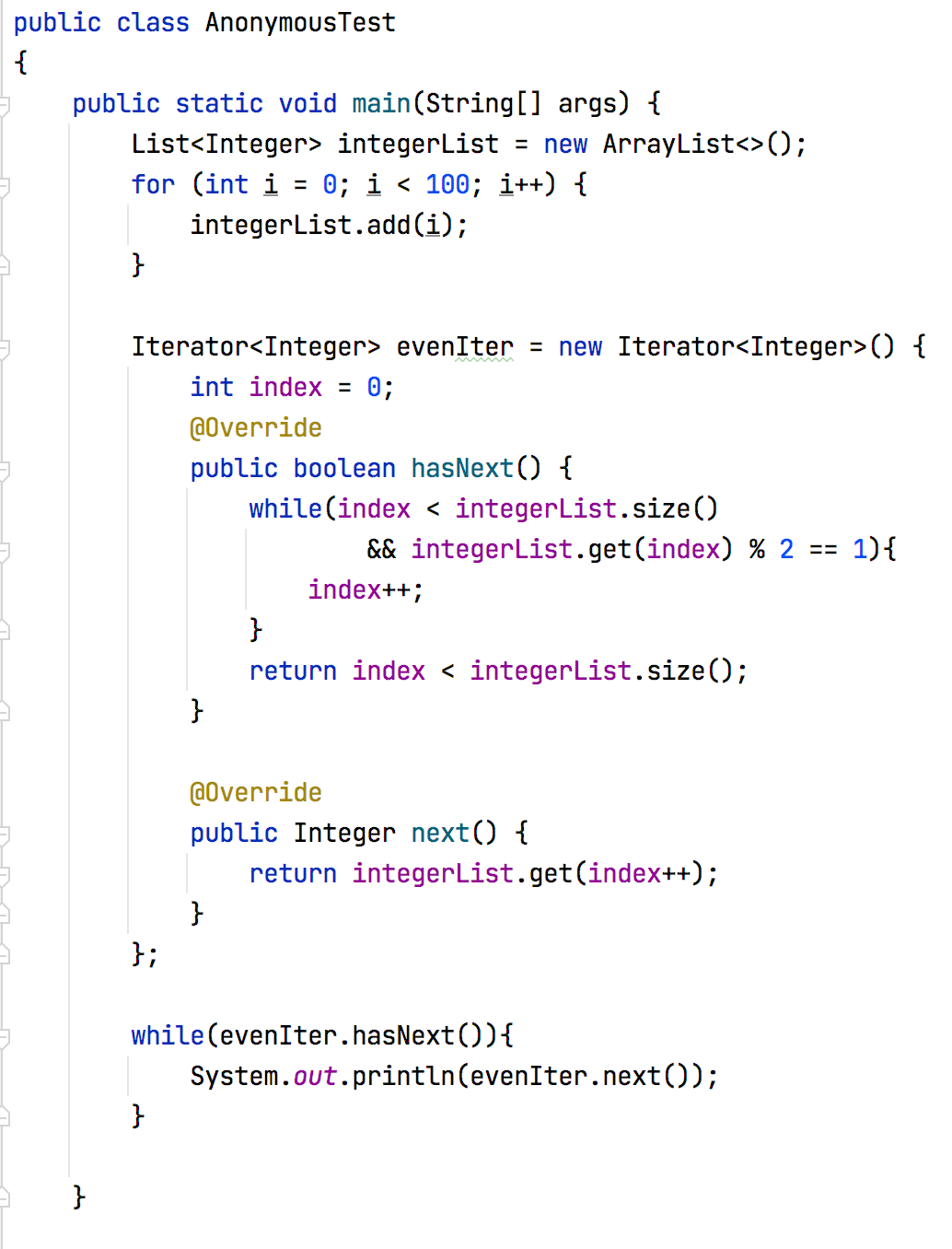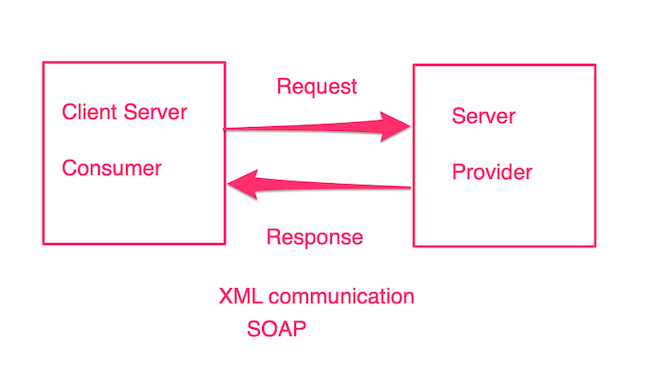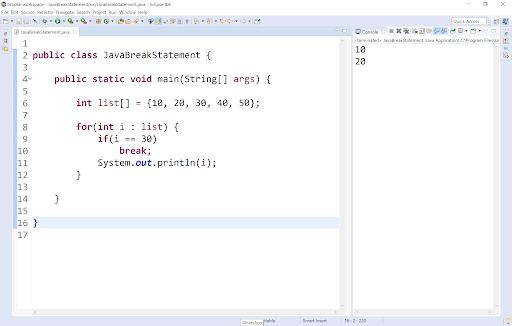Java locks tutorial
Java locks tutorial
I apologize for the misunderstanding earlier! Here's a comprehensive tutorial on Java locks:
What are Locks in Java?
In multithreaded programming, it's crucial to synchronize access to shared resources to ensure thread safety. In Java, locks (also known as synchronization primitives) provide a mechanism to achieve this. A lock is an object that allows only one thread to execute a certain section of code at a time, ensuring exclusive access to the shared resource.
Types of Locks in Java
Java provides three types of locks:
Synchronized Methods and Blocks: When a method or block of code is declared assynchronized, it means that only one thread can execute this code at a time. The lock associated with the object's monitor is acquired before executing the code. Reentrant Locks (java.util.concurrent.locks.ReentrantLock): This type of lock allows a thread to acquire and release the lock multiple times without losing ownership. It's commonly used in concurrent programming. Read-Write Locks (java.util.concurrent.locks.ReadWriteLock): This lock allows multiple threads to read from a shared resource concurrently, while only one thread can write to it at a time.
How Do Locks Work?
Here's a step-by-step explanation of how locks work:
Acquiring the Lock: A thread requests access to a locked object or method by calling thelock() method. Waiting: If another thread has acquired the lock, the requesting thread will wait until the lock is released. Locking: Once the lock is acquired, the thread can execute the code protected by the lock. Releasing the Lock: When the thread finishes executing the code, it releases the lock using the unlock() method.
Best Practices for Using Locks
To avoid deadlocks and ensure efficient synchronization:
Use the smallest scope possible: Only lock the minimum necessary resources to reduce contention. Use locks consistently: Ensure that all threads accessing a shared resource use the same type of lock. Avoid using locks in tight loops: Locks can introduce significant overhead, especially in performance-critical code.Conclusion
Java locks provide a powerful mechanism for synchronizing access to shared resources. By understanding the different types of locks and best practices for using them, you'll be better equipped to write thread-safe, concurrent programs that efficiently utilize shared resources.
I hope this comprehensive tutorial has been helpful!
reentrantlock in java

I'm happy to respond in English for you.
Reentrant Lock is a type of synchronization mechanism in Java that can be acquired and released multiple times by the same thread without causing problems. This is unlike other locks like synchronized blocks, which would block if a thread tries to acquire the lock again while it still holds the lock.
A Reentrant Lock provides the following benefits:
Reentrancy: A thread can re-enter the critical section multiple times without causing any issues. This allows for more flexibility in designing concurrent programs.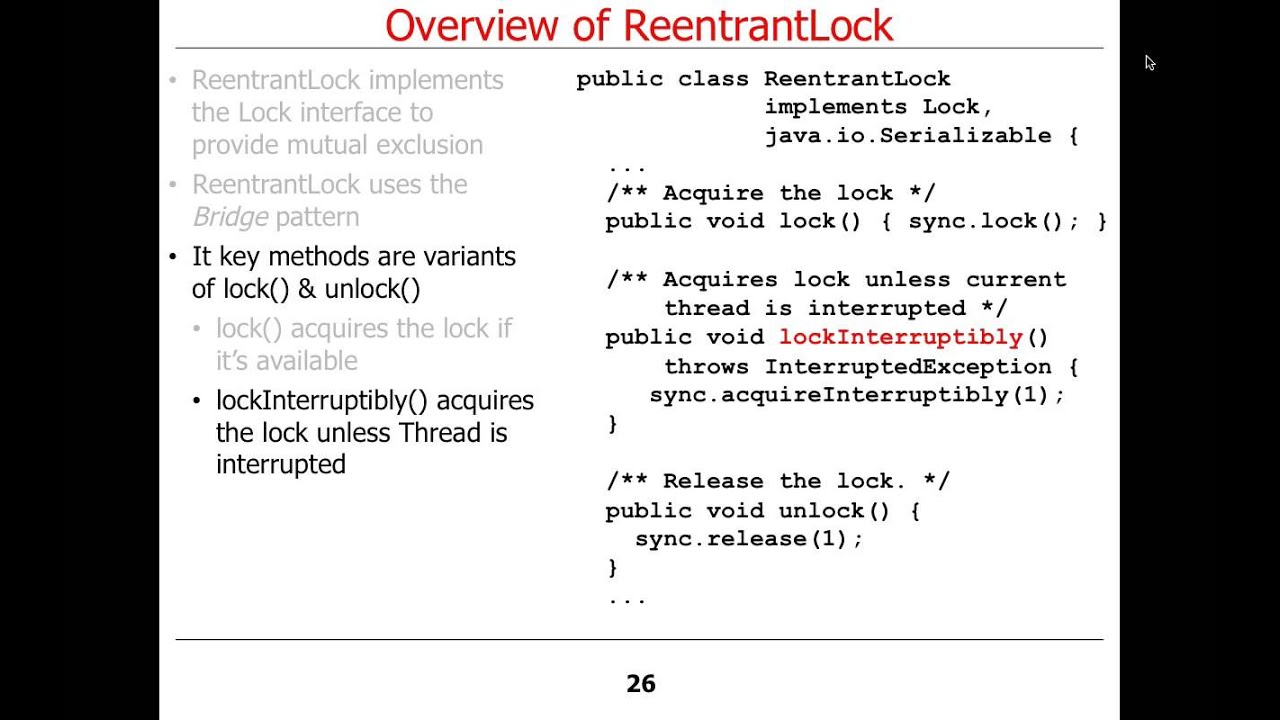
Here's how you use Reentrant Lock:

import java.util.concurrent.locks.ReentrantLock;public class ReentrantLockExample {
private final ReentrantLock lock = new ReentrantLock();
public void doSomething() {
lock.lock();
try {
// your critical section code here
} finally {
lock.unlock();
}
}
}
In the above example, we create a ReentrantLock and use its lock() and unlock() methods to synchronize access to the critical section. The try-finally block is used to ensure that the lock is always released, even if an exception occurs.
The benefits of using Reentrant Lock are:
Better scalability: Since a thread can re-enter the critical section multiple times without causing any issues, you can write more concurrent and scalable programs. Easier debugging: With the ability to re-enter the critical section, it's easier to debug concurrent programs because you don't have to worry about lock contention or deadlocks.However, Reentrant Lock also has some drawbacks:
More complex code: Using Reentrant Lock requires more careful management of locks and unlocks, which can make your code more difficult to read and maintain. Performance overhead: There is a small performance overhead associated with using Reentrant Locks because they use more system resources than other synchronization mechanisms.In summary, Reentrant Lock is a powerful tool for writing concurrent programs in Java that provides reentrancy and fairness. While it requires more careful management of locks and unlocks, it can lead to more scalable and easier-to-debug code.
